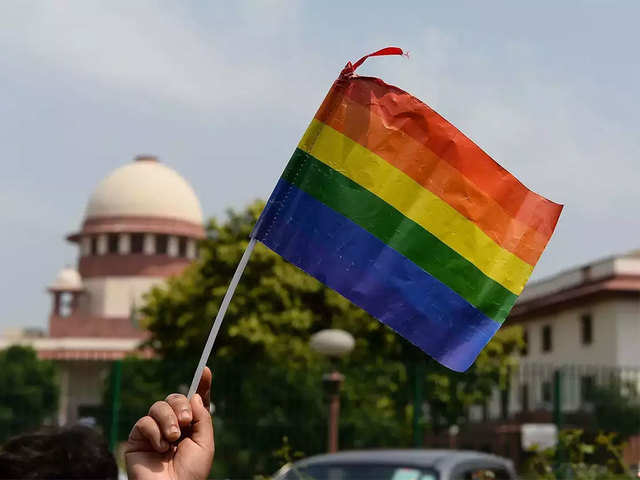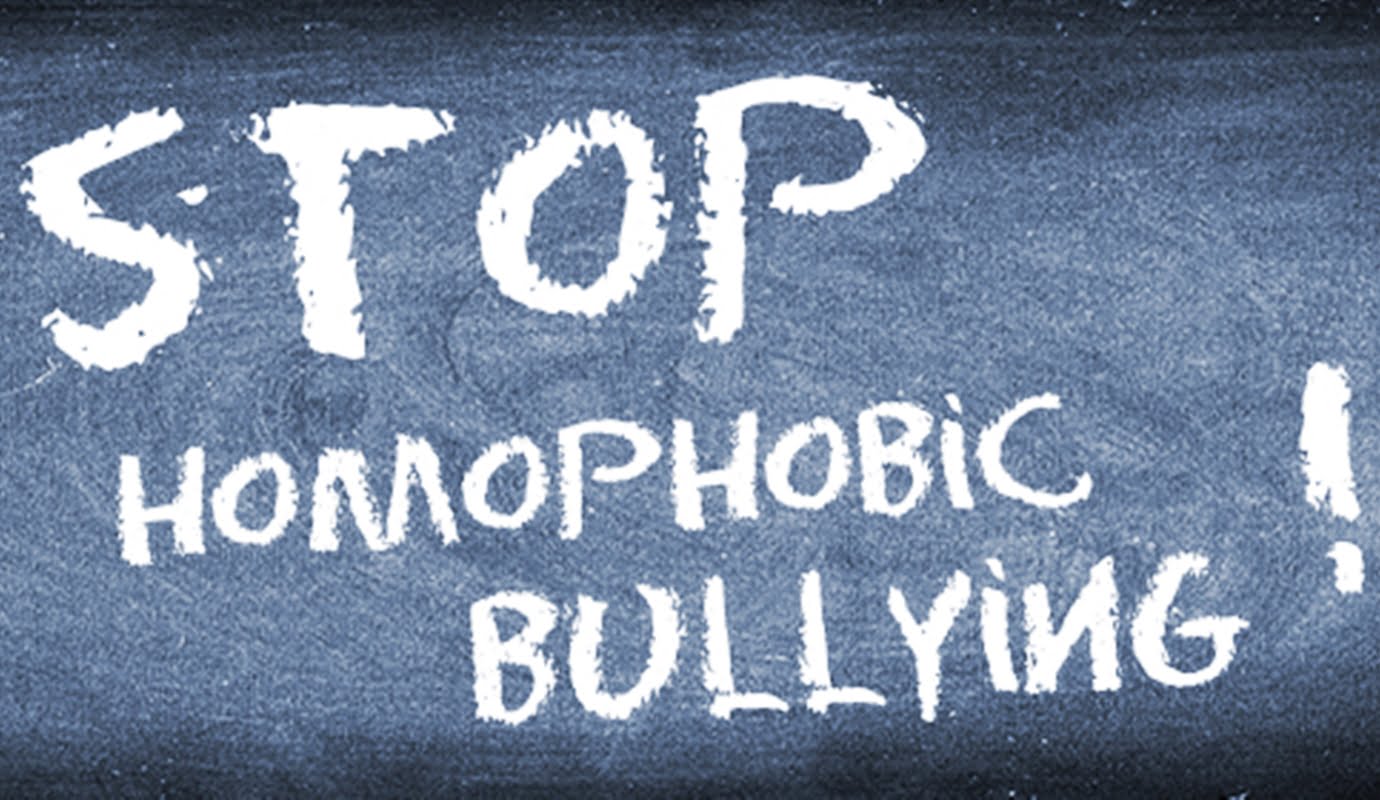Even though India had abolished Section 377 two years ago, the stigma and shame around the LGBTQIA+ community remain widespread. One can see such incidences happening across India. In another incident, a trans woman died by suicide in Pune in August this year, after having faced harassment. Two gay lovers died by suicide in Assam following their families’ objection to their relationship and same-sex marriage. Another gay man, Avinshu, who used to work at a salon, too died last year, citing homophobic bullying as a reason.
These people, who belong to the LGBTQIA+ (Lesbian, Gay, Bisexual, Transgender, Queer, Intersex, Asexual) community, face bullying, harassment, or abuse from their families, friends, or close relatives on a regular basis. Actual numbers might be even higher than the ones that come under the radar, considering how most of these cases go unreported. The UNESCO has recognised that people who perceive themselves to be different are more likely to be bullied. Being different could mean not conforming to the gender norms, acceptable societal standards of physical appearance, race, nationality, or color. On similar lines, WHO classified LGBTI as a vulnerable population group, who are at a relatively higher risk of committing suicide due to the bullying, harassment, and abuse.
The UNESCO has recognised that people who perceive themselves to be different are more likely to be bullied. Being different could mean not conforming to the gender norms, acceptable societal standards of physical appearance, race, nationality, or color.
Homophobic Bullying in Educational Institutions and Workplaces
Harassment among LGBT students starts as early in primary schools, the Sahodaran-UNESCO research study stated in 2018. Around 60 percent of the students who identify as LGBT faced bullying in middle or high school, whereas 43 percent of the students reported to be sexually harassed. However, only 18 percent of the students report such instances to the authority, whereas 33 percent of them drop out of the schools. Another study explained that 73 percent of LGBTQ adolescents experience bias-based bullying for various reasons beyond their sexual orientation, including body weight, religion, caste, etc.

These bullying instances are not limited to schools and colleges but continue to go on in adult life. The Mission for Indian Gay and Lesbian Empowerment (MINGLE) did a survey in 2016 to determine that 20 percent of Indian employees are discriminated against in the workplace. Stigma and exclusion are two critical factors behind this discrimination, which further leads to economic losses. Another report by the World Bank in 2014 revealed that India is losing around 31 billion dollars due to these factors.
Previous research studies have shown that the consequences of homophobic bullying are similar to those people who are victims of being bullied. Adolescents who are bullied are more likely to face physical and mental health concerns, including higher levels of anxiety, depression, suicidal tendencies, and lower self-confidence, self-concept, and self-esteem.
Homophobic Bullying and Mental Health Outcomes
Previous research studies have shown that the consequences of homophobic bullying are similar to those people who are victims of being bullied. Adolescents who are bullied are more likely to face physical and mental health concerns, including higher levels of anxiety, depression, suicidal tendencies, and lower self-confidence, self-concept, and self-esteem.
There is no concrete statistical data on the depression, anxiety, or suicidal rates of LGBT people in India. However, various research papers and reports have been written in this regard. For instance, the suicide rate among trans people in India is around 31 percent, and almost 50 percent of the trans population have tried to die by suicide before 20 years of age. Similarly, in another study, it was found that people who identify as LGBTQ suffer higher rates of depression (11 to 90 percent individuals), anxiety (14 to 24 percent individuals), substance abuse (45 to 65 percent individuals).
There are very few studies in India talking about homophobic bullying and associated mental health outcomes among the people who identify themselves as a part of LGBTQIA+. Taking the research further, in this field, we have convened a new research study on the broad theme: Homophobic Bullying And Its Associated Mental Health Outcomes. There is limited research in India around bullying of LGBTQIA+. Your responses will help us in generating evidence around psychological implications of homophobic bullying, which will help us in creating gender-inclusive policies in work environment and higher educational institutions.
You will be eligible to participate in the survey if you’re an Indian national and self-identify as a part of the LGBTQIA+ and are 18 years and above. The link to the survey is mentioned below: https://iima.au1.qualtrics.com/jfe/form/SV_1Zjlo8QDvAQfvNj
The study has been approved by the Institute Review Board (IRB), Indian Institute of Management, Ahmedabad (Oct, 2020), and there are no known risks to the participants. As per the data confidentiality and privacy clause, highest research ethics will be followed to maintain anonymity while storing and analysing the responses.
Note: You don’t have to be ‘out’ to everyone. As long as you self-identify as LGBTQIA+ and fit the other requirements, you’re eligible to participate.
Featured Image Source: GCN
About the author(s)
Karan Babbar is an Assistant Professor at Centre for Development Studies, Jindal Global Business School, OP Jindal Global University.




